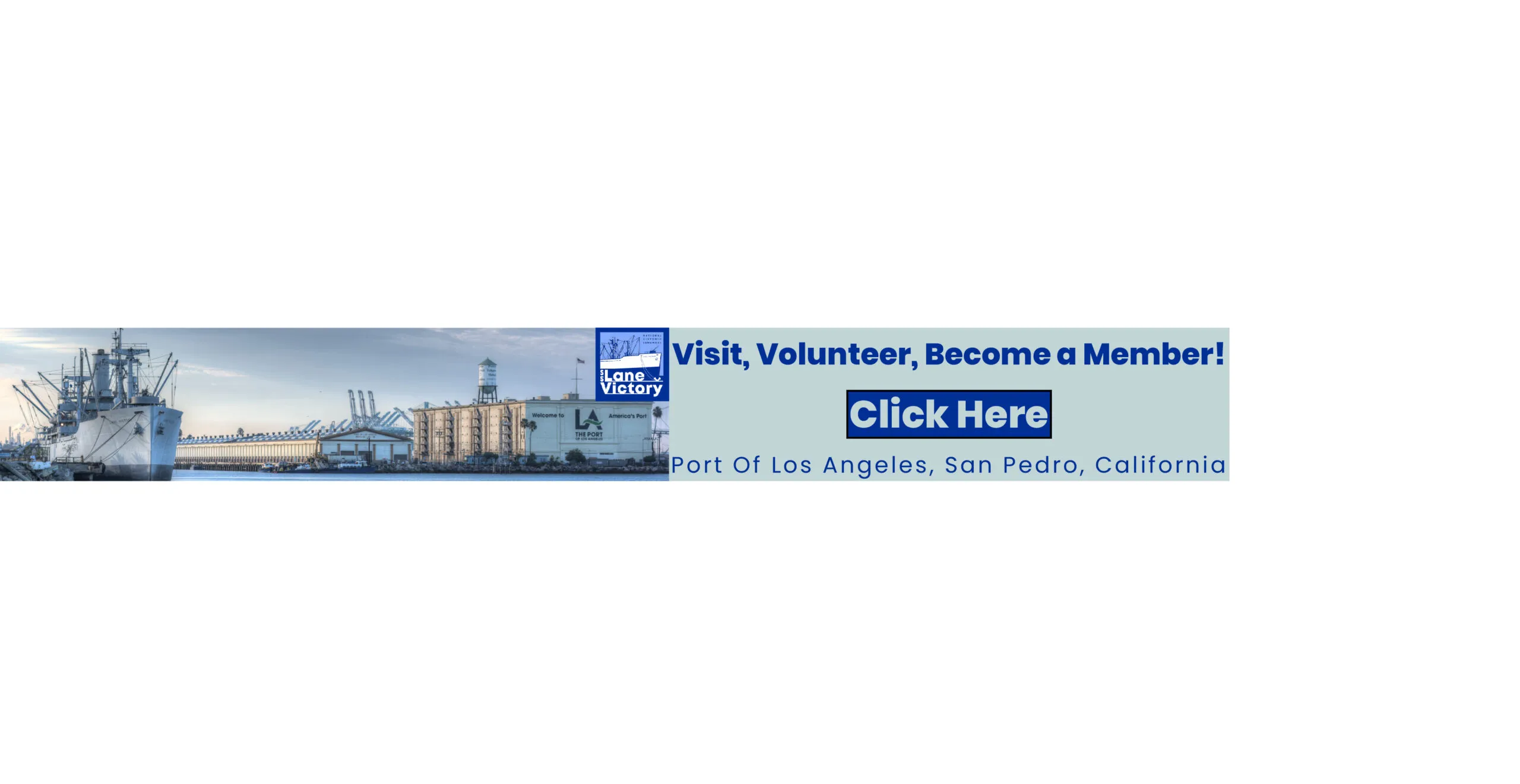
Three neighborhood councils opposed one Port of LA project and two councils were highly critical, while a third outright opposed another port project as public comment periods closed on both on Dec. 11. A coalition of community groups, spearheaded by the Coalition For A Safe Environment, opposed both as well. The first, the Ecocem low-carbon cement project at berths 191-194, is well along its environmental review process, with a draft environmental impact report (DEIR). The second, the Gibson Boulevard parking lot project for container trucks, is at the earliest stage, an initial study/notice of preparation or IS/NOP, and could well draw more unified opposition further along in the process.
Both projects, first rolled out in the waning days of Eric Garcetti’s mayorship, raise a combination of ethical and environmental/public health concerns. Ecocem first tried to site a similar facility in Vallejo in 2014, but dropped its effort in 2019 in the face of overwhelming local opposition, primarily due to health, environmental and property value impacts. In the process, it was revealed that Ecocem and its project partner, VMT, had been meeting privately with city council members for almost two years, keeping the number of officials just under the legal limit set by the Brown Act. Two years later, in 2021, VMT’s co-owners, Alan Varela and William Gilmartin, pleaded guilty to conspiring to bribe San Francisco’s head of Public Works. The Gibson project has indications of corruption as well, which will be explored at length in a future story.
In a last-minute meeting on Dec. 11, the Central San Pedro Neighborhood Council signed on to two comment letters drafted by the Northwest San Pedro Neighborhood Council. Northwest “voted that the ‘no project’ alternative is the only feasible alternative” for the Ecocem project, “due to the air quality, health risks, and traffic impacts.”
The proposed facility would grind imported granulated blast furnace slag (GBFS) into a low-carbon alternative to Portland cement — an important component in fighting global warming. But siting production in a densely populated area creates unnecessary trade-offs, all the worse in this specific highly-polluted waterfront location.
“The import, grinding, storage, truck loading and truck transport of the very fine product produces considerable PM 10’s [particles smaller than 10 microns in size] and PM 2.5’s [smaller than 2.5 microns in size],” Northwest notes. “Particles that small can lodge in the lungs and can even pass cell walls in the lungs and lodge in the brain.”
In fact, Table 3.1-13 in the DEIR shows PM emissions levels for 2025, 2027, and 2049 compared with the South Coast Air Quality Management District, or AQMD, threshold limits. “These emissions exceed the threshold standards by 60% up to 864%. This alone is sufficient to require a finding that the ‘no project’ alternative is the only feasible alternative,” Northwest sums up. But there’s also the issue of truck traffic — to import gypsum into the site and export the finished product. This would amount to “66,000 truck trips per year, averaging 73 miles each trip,” but “Ecocem believes that CEQA does not require analysis of the environmental impact of these truck trips,” whose impact would obviously be enormous.
Finally, as the Wilmington Neighborhood Council concluded, “This project is not water dependent and the long held guideline that waterfront property should be reserved for water-dependent activities should be upheld. Manufacturing/milling the product is not water dependent.”
An alternative that solely used the berth to import raw materials (with manufacturing elsewhere) would be acceptable, all three neighborhood councils agreed.
Northwest also raised significant concerns about the Gibson Boulevard container truck parking lot project, noting that “The problem is that the NOP believes that they are required to evaluate car traffic impacts only, not trucks,” and that “They predict 1,794 truck trips per day. This is four times the number originally proposed when this project was presented two years ago.” Placed end-to-end, they would stretch over 25 miles.
While Northwest was highly critical of the traffic analysis, Wilmington incorporated their comments, but went much further, concluding “WE OPPOSE THIS PROJECT IN THE STRONGEST TERMS POSSIBLE.”
“We have asked repeatedly that no more container yards be approved in Wilmington,” their letter reminded POLA. “This includes chassis operations as well. We do not want anymore truck operations crammed into our community.”
Because there is no truck analysis, “we will not learn the answers to some of our earlier questions,” Northwest wrote. These concern backup on Gibson Boulevard and interference with traffic on Gibson, Harry Bridges and Figueroa, from trucks entering the facility, truck routes leaving the facility and their traffic impacts, traffic light improvements required to accommodate the project, impacts “on visitor or police emergency access into and out of the Yang Ming offices and the police station just south of the parking lot” and “wear and tear on the streets near the project, specifically on Gibson Blvd.”
Regarding the latter, they proposed two mitigations: repave Gibson Boulevard “with adequate sub-base capable of withstanding the loads this project will generate, and underground utilities along it. “The port regularly undergrounds utilities inside terminals but on Gibson, a designated Scenic Highway, it constructed above-ground power poles,” Northwest pointed out.
Wilmington NC expanded on Northwest’s letter, adding, “To the Port of Los Angeles this is one more project, to the community of Wilmington this is one more nail in our coffins, already adding to our extremely high cancer and asthma rates. We are surrounded by port projects from all sides of our community.”
The project location is also specifically harmful in multiple ways. “This is the only way from Wilmington to the Police Station. Wilmington also has no hospital and utilizes Providence in San Pedro for emergency services. Gibson Blvd. is one of the quickest ways to get from Wilmington to San Pedro for emergency services,” they wrote. “This is also a Tsunami Evacuation Route. Minimizing our ability to access this route endangers the safety of our community. Will the police even be able to go in and out of the police station effortlessly?”
Altogether, “Adding one more truck, container and chassis operations yard to a community where there are vast amounts of truck, container and chassis operations yards with a vast amount operating illegally and with a deficiency in the enforcement of regulations does not help our community at all and will only benefit private investors.”
The benefit to private investors could be enormous. For almost two decades, Signal Hill pizza shop owner James Eleoupolus sought to make money off a slice of the Gibson Boulevard site with minimum investment. In January 2006, he applied for a coastal development permit for a 37,000 square foot access road with a project cost of $900,000 and estimated land value of $200,000 — which he expected the POLA to provide as an easement, in return for a promised 10% annual return. This was the first of three approaches Eleoupolus tried over time. Eventually he bought the adjacent port land at a public auction on Feb. 8, 2017 for $3.2 million. The following September he sold everything for a nearly $20 million profit. The $3.2 million the port received was less than 1/10 the assessed value of that portion of the property following that sale. Neither the port nor the public appear to have been well-served.
The Ecocem project at least could be beneficial, if it adopted an alternative suggested by Northwest:
That alternative would have the site used as an import terminal for the granulated blast furnace slag [GBFS] and transporting it out of the terminal area by rail car to a remote site where the GBFS could be processed and distributed as Ground Granulated Blast Furnace Slag [GGBFS].
Northwest notes that Ecocem has practicality objections, but suggests possible solutions, concluding by saying, “We believe the Port should explore the rail transport option in greater depth. We propose, and are willing to participate in, a study group with Port staff and PHL staff to explore this option.”


